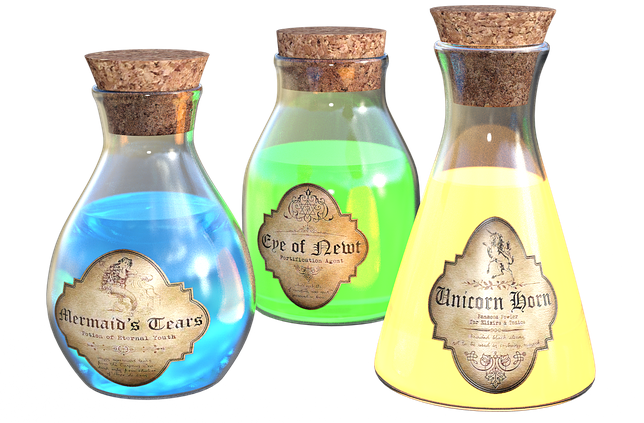Outside the room
Having just played Thinking Outside the Box‘s Stranded game, we had a good feeling about the room ahead. During our break, we chatted with the owner/GMs about the games, and they told us how they’d created everything themselves and are constantly fixing and improving. Slightly scarily, they’d only just made some changes to one of the rooms and were making a fairly chunky change to room number two in the couple of days before the weekend. They seemed confident in their abilities, though and, having talked to people who attended just after the change went in, they have every right to that confidence.
It’s worth mentioning that we played this game in its infancy less than a fortnight after it had opened to the public. The puzzles were still being developed, and I know that, in the few days between our own experience and our friends playing, they’d fixed up the puzzle I thought was the weakest in the experience.
Background
As an adventurer you discover a place that has not been touched for a thousand years. As you step inside you realise you are now imprisoned by the same spell that trapped the legendary wizard. Return magic to the world or be cursed forever.
Inside the room
Looks aren’t the most important thing in an escape room, but they tell you a lot about the effort that’s gone into a game. It’s pretty clear that this is a game which has had plenty of love poured into it, with a fairy tale-like backdrop perfectly creating the idea of a magician’s lair. Surprisingly, there’s no real story to the game beyond that mentioned in the description above, but they’ve woven in a mission structure that worked well in lieu of that.
They back that up with another on-theme cluing system which lets you interact with the great wizard himself. Clues are beautifully dispensed as required throughout the game and, if you’re lucky, you might get some humour thrown in there too.
It’s not the most puzzle-packed game you’ll encounter, but the puzzles were generally very good. They felt pretty natural in the first half of the game, generally appearing like they were just a step in the process of counteracting the spell that had trapped us. Perhaps they were a little more forced towards the second half, but it didn’t affect our enjoyment of the game.
A couple of the puzzles seemed to have leaps of logic or significant red herrings in them, but I’m loath to dwell on them. I know they fixed at least one of these within days of our visit; and, based on that, I suspect that they’d have resolved the other issue we hit a long time ago if it crept up repeatedly. Aside from that, the puzzles were good fun and had logical solutions. There’s one other thing about the puzzles that I’d love to share, but it really would be a significant spoiler.
What I will say, however, is that there’s an incredibly clever structure to the puzzles in the game that shows not only that they know how to create a beautiful, engaging experience but that they’ve thought carefully about the puzzle design too. That leads me naturally oto whether the game was linear or parallelised. There’s an unusual structure here in that the first part of the game is linear by design but you can choose to parallelise it, while the ending to the game is the most parallelised part of the whole experience. I found that an interesting choice – generally, the end of the game is where you start to bring teams back together so that they experience the finish as a team. In fact, the whole team *is* working on the same puzzle, so they still get to work as a team without leaving anyone just watching on – again, these designers have thought through their puzzles.
The finale is the perfect ending for this room. It’s both surprising when you realise what you’ll need to do but entirely natural within the game context and shown to you far enough in advance for the excitement to build over those last few minutes.
Result
We escaped with a few minutes to spare having taken four or five clues.
Verdict –
Merlin is a clever game with a pretty backdrop, a great clue system and a twist in the puzzles that makes it stand out from the crowd. They were still getting to know their room when we played, and I have no doubts that they’ve ironed out the kinks in the puzzles in the interim to create a stunning room. There are two aspects to this game that showed me just how carefully they’d considered the design, and I’m excited to see where they go from here.
I’d recommend this game for three enthusiasts and a couple more beginners. It’s designed as quite a linear room, but you can parallelise if you wish, so whether you want to experience it as a group or as individuals is entirely up to you.
Detailed Room Ratings
| Venue | |
| Host | |
| Wow! factor | |
| Immersiveness | |
| Difficulty |
